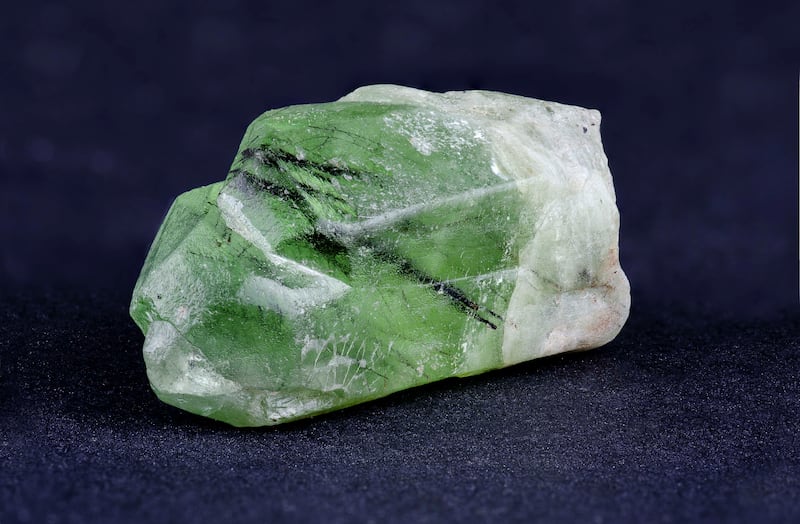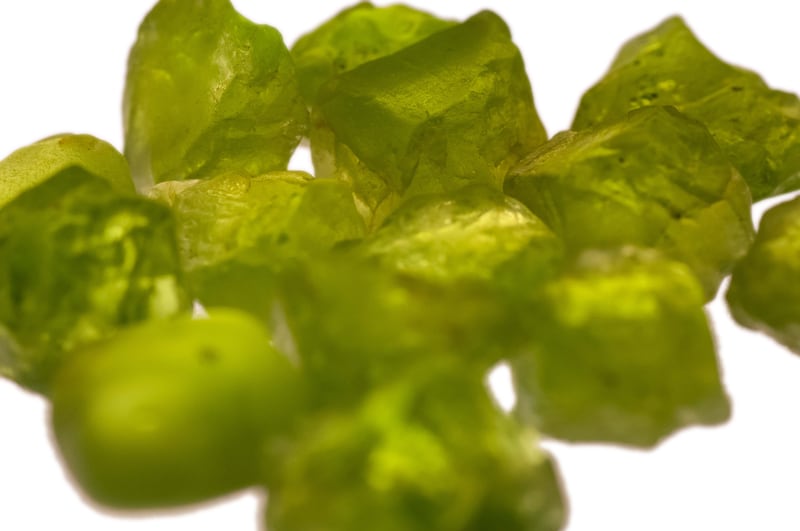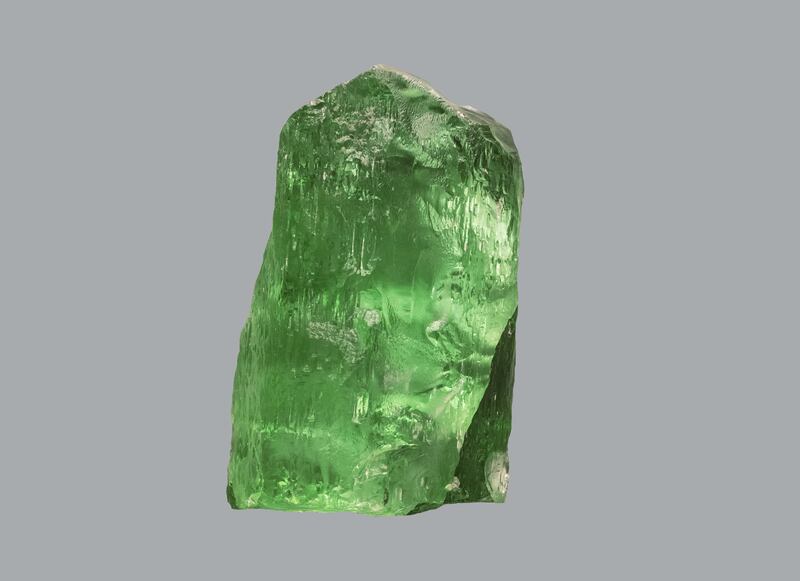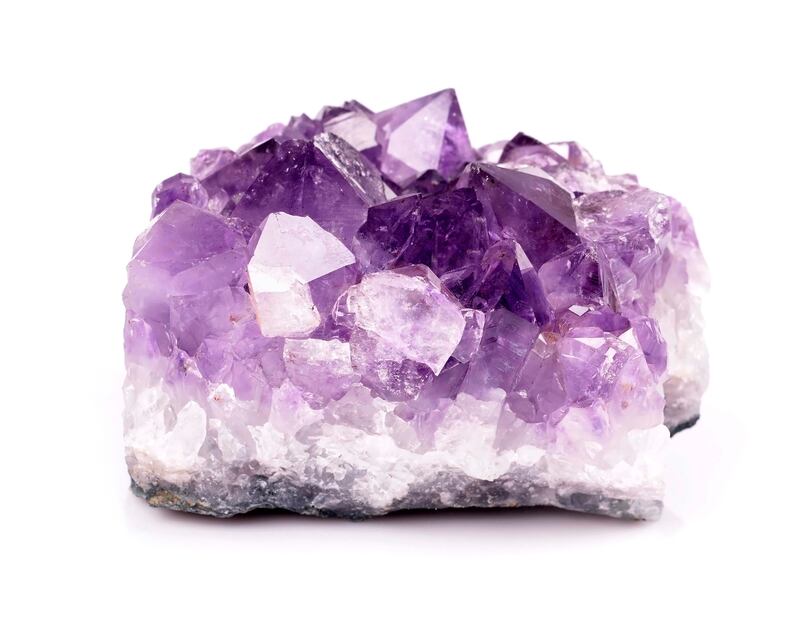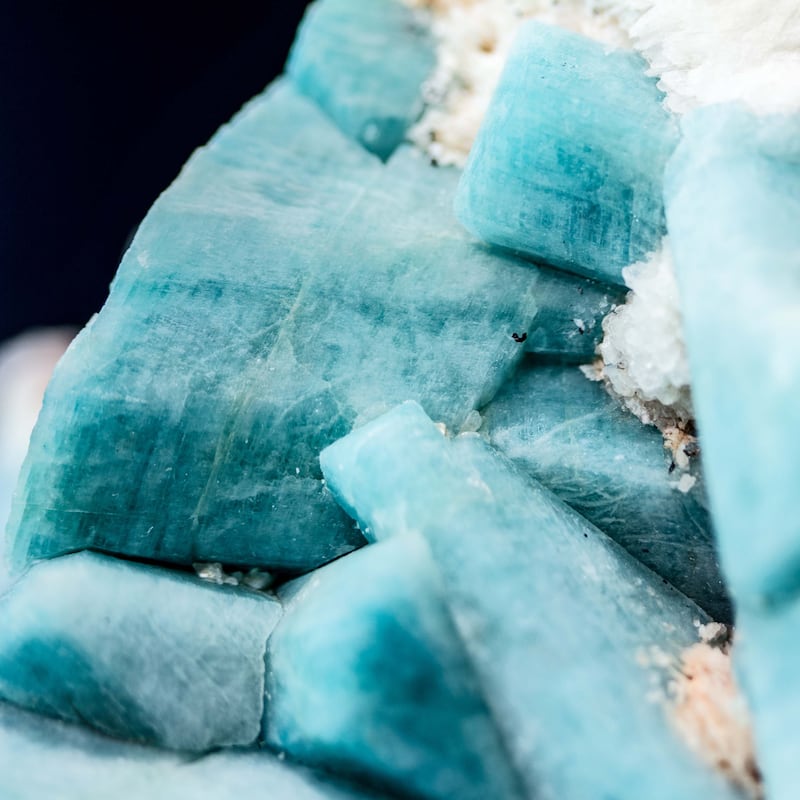The Middle Eastern origins of certain precious jewels have been traced in an innovative move by researchers.
They used a technique with the potential to prise open the backstory of valuable stones, including those set in royal crown jewels.
Gemstones from ancient mines were analysed using modern spectroscopy to provide unprecedented insight into historical trade routes.
Researchers were able to decipher a gem's past and the journeys it has taken, unlocking previously hidden histories.
“Gemstones such as emerald and peridot have been mined since antiquity,” study author Adel Surour said. “For example, royal crowns in Europe are decorated with peculiar gemstones that originate from either Africa or Asia.”
The new approach enables a precise differentiation between natural and synthetic gems and offers a deeper understanding of their respective characteristics.
Some of the gemstones have provided a window into historical trade routes thanks to their particular elemental composition and atomic make-up, which act as a type of identifying fingerprint.
A study, published in AIP Advances, involved rapid analysis of gemstones found in the Arabian-Nubian Shield, which were compared with counterparts from around the world.
The shield is a vast treasure trove of mineral deposits in present-day Egypt and Saudi Arabia dating back to Earth’s earliest geological age.
“We showed the main spectroscopic characteristics of gemstones from these Middle East localities to distinguish them from their counterparts in other world localities,” Mr Surour said.
The team focused on various silicate gems such as emeralds from Cleopatra’s mines in ancient Egypt, plus other stones from historical sites mostly dating back to Roman times.
The study was able to conclude that specific gemstones including amethyst, peridot, amazonite and emerald are originally from Egypt and Saudi Arabia.
For each, analysis allowed for the identification of their unique fingerprint, which helped in the determination of their origin and differences.
The study concludes that, despite their unique lines, these gemstones share elements due to their collection from various environments.

The researchers used three types of spectroscopy to identify elements that influence colour, differentiating stones found in and outside the region, and distinguishing between natural and synthetic gems.
The iron content, for instance, correlates to the purple in amethysts, while elements such as copper, chromium and vanadium play significant roles in colour.
A unique water peak is present in lab-grown synthetic gems, distinguishing them from their natural counterparts, despite their otherwise identical appearance.
The crystalline structure of amazonite beads also highlighted differences among those from Mexico, Jordan and Egypt.
“We need to have precise methods to distinguish the source of a gemstone and trace ancient trade routes to have accurate information about the original place from which it was mined,” Mr Surour said.
Not only is the study the first to successfully distinguish certain silicate gemstones – peridot, beryl/emerald, amazonite and amethyst – originating from ancient Egyptian mines using molecular and elemental spectroscopic methods, but it also characterises gems from Saudi Arabia.
Beyond geology and archaeology, the study's implications could be crucial to the gem industry itself.
The ability to differentiate natural gems from synthetics and accurately determine their origins could lead to better authenticity checks and regulations, researchers said.


